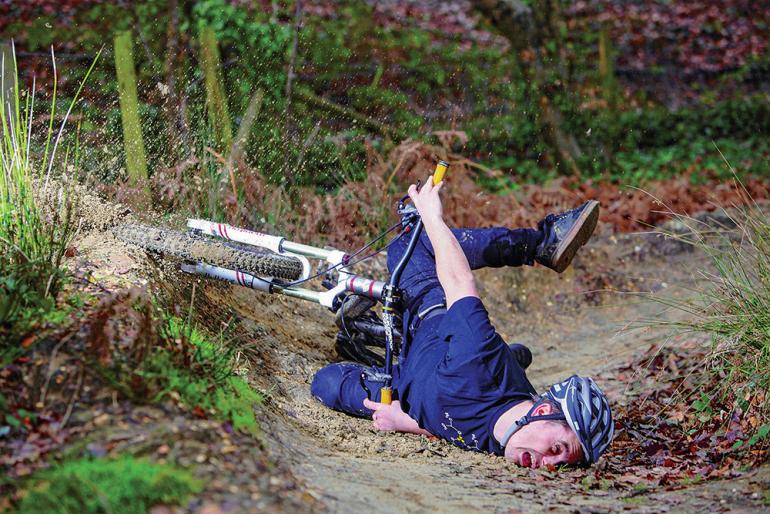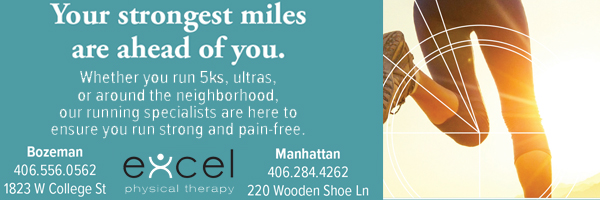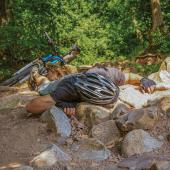Solid Stance
The fine art of falling.
Fall: the foliage is changing, the trails are tacky, and the mountains have a dusting of snow. After a summer of building fitness, fall is calling for big efforts in the mountains. If you answer that call with trail running or biking, at some point you're likely going to fall or crash. Falls often result in injuries and, depending on the severity, can lead to time away from your chosen activity.
Before we talk about minimizing the severity of a fall, let’s first talk about reducing your risk of falling in the first place. There are two areas to focus on before hitting the trails at speed.
The first is strength. Impairments in strength and power, especially in the core and lower body, have been shown to increase the risk of falling. A strong muscular system has a positive impact on balance and functional performance. It can also help counterbalance the natural constraints that happen as we age. Strength and endurance also have the ability to reduce the rate of injury to our musculoskeletal system when we do fall.
The other major factor tied to an increased risk of falling may seem obvious, but it’s worth spelling out: S-L-E-E-P. Not getting the proper amount of rest before hitting the trail has been tied to difficulty concentrating, slowed response time, and poor judgement. Getting 7-8 hours of sleep each night tends to most reduce your risk of falling.
All that said, falls happen. Here are a few things to remember the next time you go down.
Protect your head: Tuck your chin to your chest.
Relax your body: Tight muscles are more likely to strain.
Bend your arms: Keep extremities angled and close to your torso to avoid fractures.
Roll with it: Try to land on your side or back; then roll to transfer the force of the fall.
After a tumble, take a couple minutes to collect yourself. Adrenaline will be pumping, and you may not notice an injury right away. Give your body a chance to calm down so you can properly assess your condition.
Post-fall, a couple of quick checks should include an assessment of your helmet. If it’s cracked, you can assume you have at least a minor concussion. Next, check to see if you can turn your head in all directions and raise your arms above your head. All extremities should move and be able to bear weight without an increase in pain. If you can do this, chances are you don’t need immediate attention. If you can’t, and you have the ability to call for help, consider doing so instead of trying to run or ride out.
Jackie Oliver is an orthopedic clinical specialist who manages the Manhattan branch of Excel Physical Therapy. She enjoys being outside running, hiking, and biking with her family.













